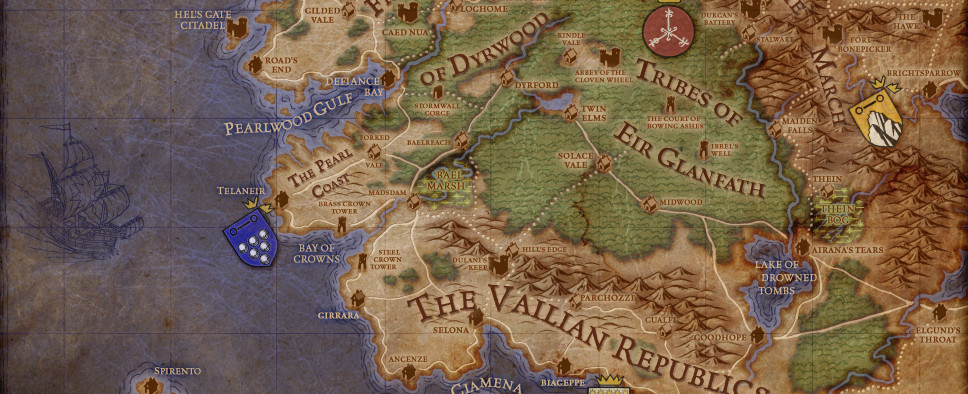How Landscape and Childhood Are Key to the Continued Popularity of Fantasy Fiction
-
Category: News ArchiveHits: 3967

Nathan Ditum has investigated the relationship between the success of the fantasy genre, especially in videogames, and our relationship with the environment during our childhood in an editorial for Rock, Paper, Shotgun. It's not technically an article on RPGs, but considering how many of them are fantasy-based, covering it here is really a no-brainer. Plus, it's a pretty good article too, in my humble opinion:
(Place,) Macfarlane writes, (is somewhere they are always in, never on.)
And this, of course, is a feature of children's fantasy literature, which is so often about doorways and passages to other worlds to Narnia, or Elidor, or the linked dimensions of the Northern Lights. They are about permeable landscapes containing unbound mystery and potential, and portals which, as we harden into adulthood, slowly close and become solid. Except, perhaps now they don't have to.
At one point in Landmarks Macfarlane describes Hinchingbrooke Country Park as experienced by a group of reception class schoolchildren observed by Wilenski. He writes about how the 170 acre grounds stretched beyond conventional space and instead became.
).a limitless universe, worm-holed and Möbian, constantly replenished in its novelty. No map of it could ever be complete, for new stories seethed up from its soil, and its surfaces could give way at any moment.)
Which sounds to me just like the treacherous, invigorating fabric of game worlds, which are, after all, simply a new form of portal through which we can still access the landscapes and fantasy worlds that seem so indivisible to us as children.
It would be naive to suggest that this virtual communion with the land is any kind of substitute for a physical reconnection with nature our digital preoccupations are more often than not things that keep us inside, after all but I think that games are a way to prolong and escape back to the magical ways of seeing that possess us as children. A case in point: over the last year I have been toying with the idea of starting a tumblr called (Places I have been that look like Dark Souls), which would include photographs I've taken of, among other places, the cinder-toffee ruins of Whitby Abbey perched on a Yorkshire cliff-top, the submerged brick road leading to the daunting island of St Michael's Mount in Cornwall and, a little further up the Atlantic coast, the winding paths that cling to the rock at Tintagel, and the irresistible entrance of Merlin's Cave underneath.

